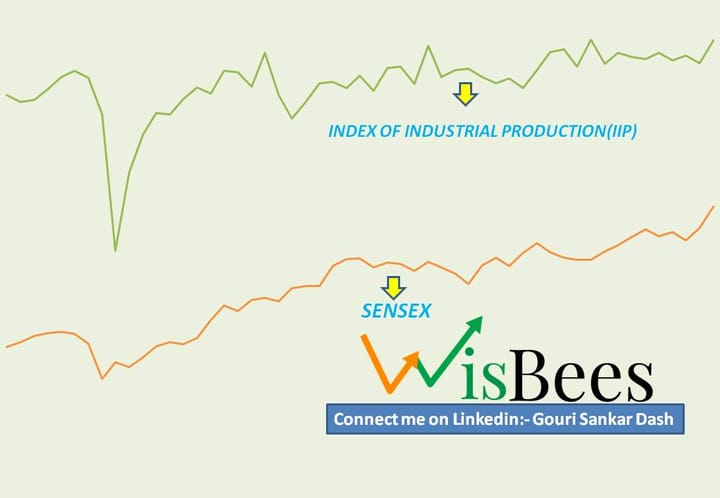Engulfing Candlestick Pattern

The hammer, hanging man, shooting star, marubozu, etc. As we have discussed previously are all single candlestick patterns. The engulfing patterns are the first patterns that consist of multiple candlesticks. This pattern consists of two candlesticks, with the second candlestick completely engulfing the first one.
This can be either a bullish engulfing pattern or a bearish engulfing pattern.
Bullish Engulfing
A “Bullish Engulfing” pattern is a candlestick pattern that occurs when a small red (or bearish) candlestick is followed by a large green (or bullish) candlestick that completely engulfs the previous candlestick. This shows that a new buying pressure has been developed in the market indicating that a bearish trend may be reversing and a bullish trend may be emerging.
Traders often use the bullish engulfing pattern as a signal to buy, as it indicates a potential reversal in the market. However, confirming the pattern with other technical analysis tools and indicators, such as volume, trendlines, and moving averages, is essential to ensure the signal is valid and not a false breakout.
Formation
A bullish Engulfing pattern is formed when a large green or bullish candle opens lower than the previous red or bearish candle's close and closes above the previous bearish candle's opening price.

Candle 1 (Red) -
Open = 335.10
High = 339.90
Low = 326.70
Close = 329.50
Candle 2 (Green) -
Open = 326.00
High = 337.35
Low = 323.30
Close = 336.65
The chart below is a daily chart of SBIN for a better understanding of what exactly happens when we say that the pattern is a bullish engulfing. So, we have to see two things first, what is the opening price of the green or second candle and what is the close of it? Second, whether the opening of the first red candle is below the closing of the second green candle and the closing of the red candle is above the opening of the second candle. If this condition is satisfied then the pattern is considered a Bullish Engulfing candle.
From the above information, we can see that the open (candle-2) i.e. 326.00 is lower than the close of the first red candle i.e. 329.50 and the close of the second candle is higher than the open of the first red candle.
Example
On 22nd April 2021, SBI on a daily time frame formed a engulfing bullish pattern confirmed by volumes, and the very next candle after the engulfing pattern was a bullish candle indicating a strong bullish sentiment. Thereafter, the stock shot up to 460 levels from 336 levels giving a staggering 39% return within a month.
Bearish Engulfing
A “Bearish Engulfing” pattern is a candlestick pattern in technical analysis that is considered a bearish reversal signal. It consists of two candlesticks: a bullish (or green) candlestick and a larger bearish (or red) candlestick that engulfs the first one. This pattern is formed when the second candlestick opens higher than the first candlestick's closing price and closes lower than the first candlestick's opening price.
The bearish engulfing pattern indicates that the bears (sellers) have taken control of the market and are overpowering the bulls (buyers). The pattern is typically seen as a sign of a potential trend reversal from an uptrend to a downtrend.
Traders who spot a bearish engulfing pattern may consider selling or shorting the security, as it suggests that the price may continue to move downward. However, traders should always use other technical analysis tools and indicators to confirm the pattern, such as trendlines, support, resistance levels, and volume indicators.
Here, just the opposite happens as compared to the Bullish Engulfing pattern. The first candle must be a bullish or green candle and the second a bearish or red candle.
Mark the OHLC for both candles and check whether the opening price of the second candle is compared to the closing of the first. Closing of the second as compared to the opening of the first.
How to trade such patterns?
Well, be it any pattern one should always wait for the price confirmation by the following candle and volumes. If the chart fails to do so then one may fall into a market trap by a false signal.
Example
In the same chart of SBI, you can see that on 5th August 2021, a large red candle engulfed a relatively smaller bullish candle. Had a trader taking a short position at that level would have ended up making a good profit of around 10-12%.
Key Takeaways
- Engulfing patterns are candlestick patterns that consist of two candlesticks, with the second candlestick completely engulfing the first one.
- A bullish engulfing pattern signals that a new buying pressure has developed in the market, indicating a potential reversal from a bearish trend to a bullish one.
- A bearish engulfing pattern is a signal that the bears (sellers) have taken control of the market and are overpowering the bulls (buyers), indicating a potential reversal from an uptrend to a downtrend.
- Traders should always use other technical analysis tools and indicators to confirm the engulfing pattern and should wait for price confirmation by the following candle and volumes.
- Engulfing patterns can be used as a basis for making trading decisions, but traders should also consider overall market conditions, news events, and other factors that may affect the security's price movement.
- The opening of the first red candle is below the closing of the second green candle and the closing of the red candle is above the opening of the second candle for a bullish engulfing pattern.
- The opening price of the second candle is compared to the closing of the first. Closing of the second as compared to the opening of the first.



